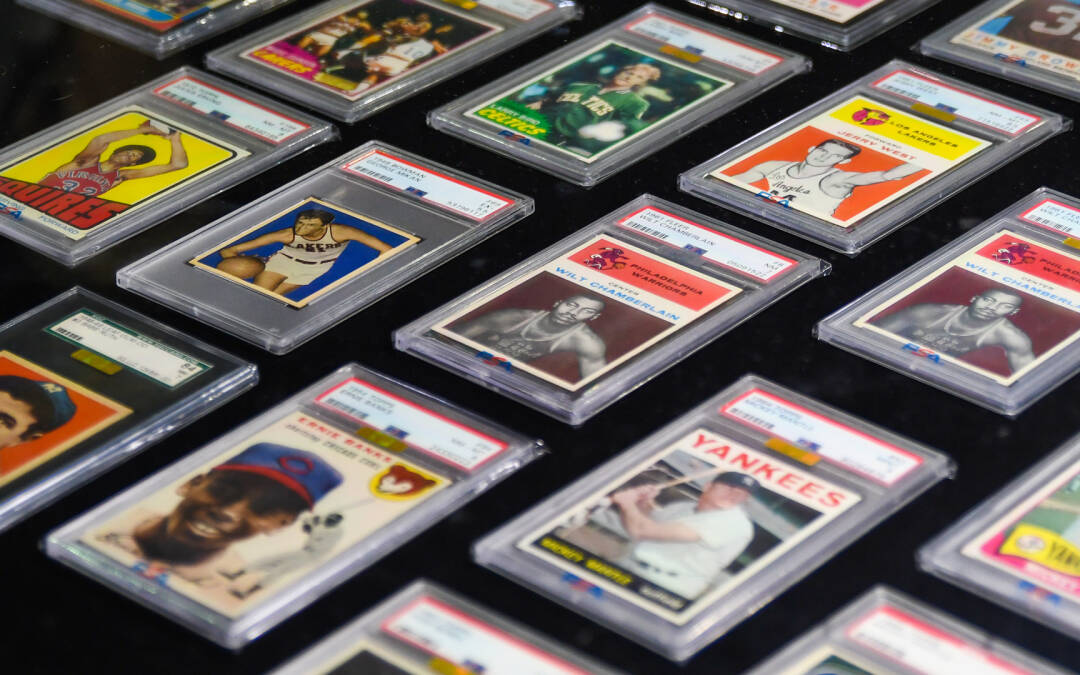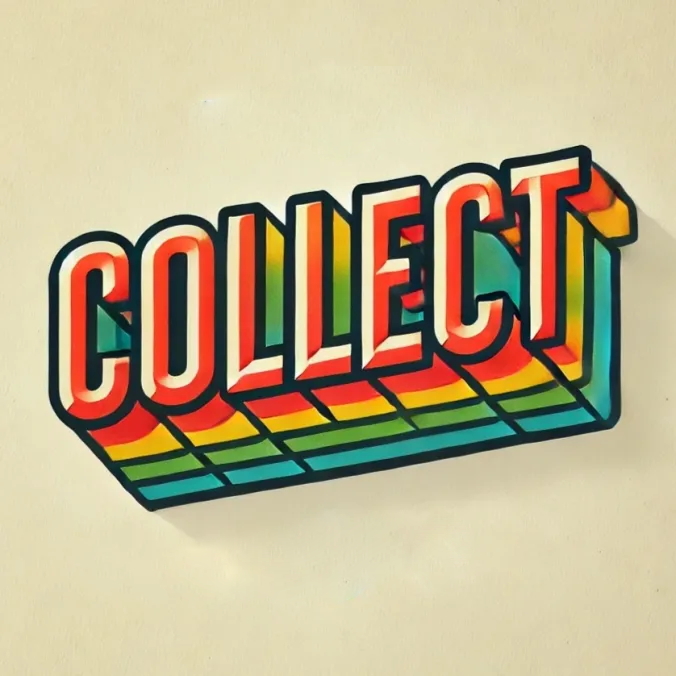When it comes to trading card grading, collectors often focus on factors like corners, edges, and surface quality. However, centering is equally critical, if not more so, in determining a card’s overall grade and value.
Centering refers to how well the image, borders, and other design elements on a trading card are aligned. Poor centering can significantly reduce a card’s grade, even if the other aspects are in near-mint condition.
For collectors aiming to build a high-value collection, understanding centering and how it affects grading is crucial.
In this article, we’ll delve into the concept of centering, how it’s evaluated during the grading process, and why it’s so important for trading card collectors.
What is Centering?
Centering on a trading card refers to the alignment of the card’s printed image relative to its borders. In an ideally centered card, the image is perfectly balanced with equal or nearly equal borders on all sides. Poor centering occurs when the image is shifted too far to one side, resulting in uneven borders.
For example, if a card’s image is shifted to the left, the left border may be much thinner than the right border. This imbalance can detract from the card’s visual appeal and is one of the primary reasons why centering is a critical aspect of grading.
Centering issues can arise during the manufacturing process when cards are cut from larger sheets. Even slight misalignments in the cutting process can result in centering imperfections.
How is Centering Measured?
Grading companies like PSA, BGS, and SGC evaluate centering as part of their overall grading process. They use precise measurements to determine how well-centered a card is, often expressed as a percentage or a ratio.

Percentage Measurement:
Centering is typically measured as a percentage ratio of how much the image is off-center. For example, a centering measurement of 60/40 means that one border is 60% of the total width, while the opposite border is 40%. The closer the ratio is to 50/50, the better the centering.
Front vs. Back Centering:
It’s important to note that the centering on the front and back of a card can be evaluated separately. Grading companies often place more emphasis on the front centering, as it is more visible and impacts the card’s appearance more directly. However, back centering is still considered, and significant misalignment on the back can affect the overall grade.
Tolerances by Grading Companies:
Different grading companies have varying tolerances for centering based on the grade they assign. For instance, a card with 55/45 centering might still receive a Gem Mint 10 grade from PSA, while BGS might require tighter centering for their highest grade. Understanding these tolerances is key to predicting how a card might grade.

Why Centering Matters in Card Grading
Centering is one of the four key components in trading card grading, along with corners, edges, and surface quality. Here’s why centering plays such a pivotal role:
Visual Appeal:
The most obvious reason centering is important is its impact on the card’s overall appearance. A card with perfect centering looks more aesthetically pleasing and balanced, which is a crucial factor for collectors and investors. Cards with poor centering can appear lopsided or awkward, reducing their desirability even if other aspects of the card are in mint condition.
Market Value:
Poor centering can significantly reduce a card’s grade, which in turn can lower its market value. For instance, two cards in identical condition, with one having perfect centering and the other with 70/30 centering, can have vastly different grades and thus different market values. Collectors seeking to maximize the value of their collection need to be aware of how centering impacts grading.
Investment Potential:
For investors in the trading card market, centering is a critical factor in determining the future value of a card. Cards that are well-centered are more likely to achieve higher grades, making them more valuable and easier to sell or trade at a premium price. Poorly centered cards, even if rare or in otherwise good condition, may not appreciate as much in value.

How to Assess Centering in Your Own Cards
If you’re evaluating your own trading cards for centering, there are a few methods you can use to determine how well-centered they are:
Visual Inspection:
The simplest method is to visually inspect the card. Look at the borders and assess whether they are even on all sides. If one side appears significantly thicker or thinner than the others, the card may have centering issues.
Use a Ruler or Measuring Tool:
For a more precise assessment, you can use a ruler or a digital caliper to measure the borders. Compare the measurements to determine the centering ratio. This method can give you a more accurate idea of how well-centered the card is, especially if you plan to submit it for grading.
Compare to Other Cards:
Sometimes, comparing the card to others from the same set or series can help you gauge centering. Some sets are known for having consistent centering issues, and comparing cards can provide context on how your card stacks up.
Online Tools:
There are online tools and apps available that can help you measure centering. These tools often allow you to upload a photo of your card and provide a centering ratio based on the image. While not always perfect, these tools can give you a good starting point.
Understanding centering is crucial for anyone serious about trading card collecting or investing. As one of the primary factors in card grading, centering can make or break the value of a card, regardless of its other qualities.
By learning how to evaluate centering, you can make more informed decisions when purchasing, grading, or selling your cards. Whether you’re a seasoned collector or just getting started, mastering centering is a key step in building a high-quality, valuable collection.
Remember, a perfectly centered card is not just about aesthetics—it’s about maximizing the potential value and appeal of your trading cards in a competitive market.
Happy collecting!




